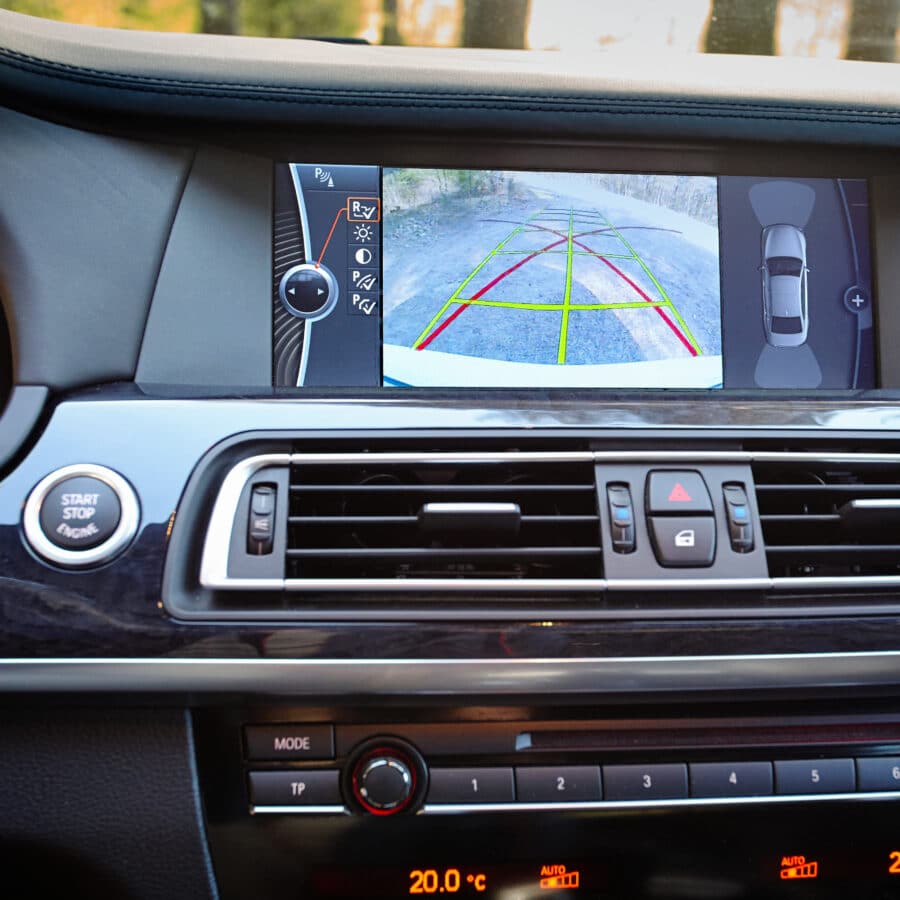According to the National Highway Traffic Safety Administration (NHTSA), US traffic fatalities in the first half of 2016 (17,775) represented a 10.4% increase from those reported in the first half of 2015 (16,100). The second quarter of 2016 was the seventh consecutive calendar quarter of increases compared to the prior year’s quarter.
What makes these statistics even more alarming is the fact that the 10.4% fatality rise in 2016’s first half far exceeded the 3.3% growth in vehicle miles during that same period. Additionally, this year’s increase comes on the heels of the jump in traffic fatality figures in 2015 (which, in percentage terms, was the largest increase since 1966). According to the NHTSA, 2015’s upturn was due in part to a sharp spike in the number of deaths involving pedestrians, motorcycles and cyclists.
Are the numbers accurate?
Some safety advocates believe that the NHTSA figures understate annual fatalities by at least 2,000. According to those experts, categories of undercounted fatal accidents include those in which the victim died more than 30 days after the incident (those deaths are expressly excluded from the NHTSA’s numbers) and accidents involving victims who drowned.
Can technology solve this problem?
Although distracted driving—largely due to mobile phones—now accounts for more than a quarter of the fatalities according to the National Safety Commission (NSC), standard vehicle safety features like airbags and the auto industry’s newer “advanced safety system” options in certain models (like lane departure warnings, rear facing cameras and autonomous braking), can and have failed. When such failures occur, these safety features and technological advancements may cause or contribute to crashes.
The auto industry and the regulators would like to blame the increase in fatalities on “driver error,” but recent recalls and other trends indicate that poor implementation of technology may also be the cause of deadly crashes.
Problems with integrating self-driving vehicle technology and other new features.
The NHTSA’s publicly stated goal is to reduce US traffic deaths to zero by 2046. Its assumption is that autonomous, self-driving vehicles will achieve this milestone. Although these newer technologies will presumably begin to make a dent in the number of traffic deaths and injuries at some point in the future, the current wave of new autonomous features and other advanced technology in today’s vehicles is outpacing the industry’s ability to safely integrate the new features with existing technology. Moreover, automakers often fail to properly account for the safety-critical “human factors” aspects of driving during the design and development process. This is a problem we have previously reported on in the past, in the context of the Chrysler Monostable Shifter recall and the death of Star Trek actor Anton Yelchin.
Regulators like the NHTSA are also having trouble keeping on top of these changes that continue to be introduced with each new model year at an accelerating rate. Not only does the NHTSA lack the resources to oversee the avalanche of new vehicle technology, but it also typically refuses to play “bad cop” to the powerful auto industry.
As we’ve previously noted: Tesla’s “auto pilot” technology has now allegedly caused its first reported fatality; and the latest advances in autonomous commercial trucks are raising concerns among safety experts.
With more mundane technology like Takata’s airbags and Chrysler’s new gear shifter causing injuries and deaths, we are highly skeptical that the autonomous driving features with their complex combinations of cameras, sensors and software will operate perfectly or that new designs will properly account for the critical “human factors” analysis needed to ensure safe performance.
Self-driving vehicle technology likely will eventually create safer highways and fewer deaths, but, unfortunately, it appears as though a rocky transition period will precede that hoped for achievement. We will continue to monitor this issue as the car manufacturers introduce these new advances and the regulators struggle to keep up.


